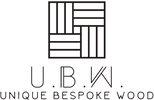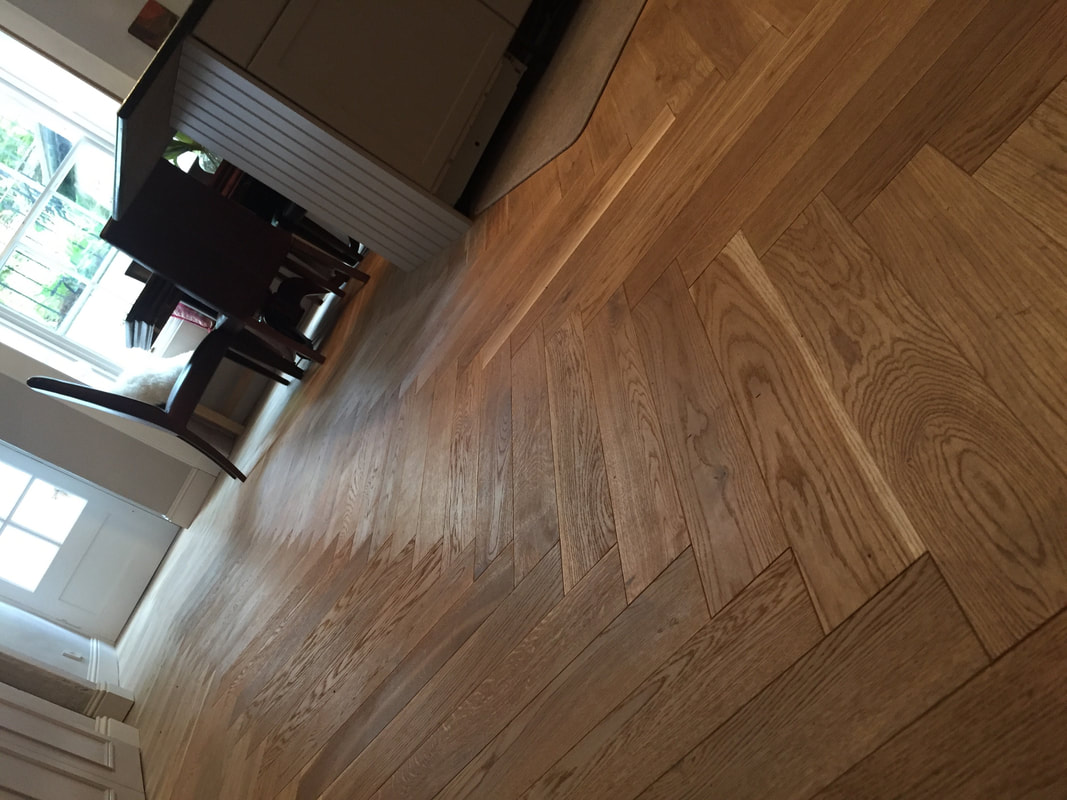|
The most commonly asked question regarding Parquet Flooring is, how to identify Herringbone flooring patterns from other patterns out there.
The Herringbone pattern is most often mistakenly confused with other flooring patterns. Herringbone parquet is created by inserting rectangles in a staggered zigzag pattern or forms, and it is mostly found in parquet floors and tile work. The wood for Herringbone Parquet Flooring is cut in rectangles which are laid in broken zigzag patterns. Herringbone floors have the history of being traditionally used for flooring in the days of yore in Europe. You can install it using several configurations, with or without borders. There are other variations of Herringbone floors called the French herringbone. It is well known in many high-status European Chateaus. Herringbone parquet floors are usually installed piece-by-piece in various configurations. It can either be installed diagonally or parallel to the wall. Herringbone looks best in homes with its points directed at a focal point or running to the direction of a room. Installing Herringbone parquet floors is not too complicated, and you can do it on your own if you have the installation manual. You will need to know the various sizes of the repeating floor patterns so that you can do the layout of the room and select the best proper or optimal board size. Today’s families are searching for the less expensive and smarter ways to redecorate and beautify their living homes. There are many flooring options one can choose from such as tiles, carpets, concrete, and herringbone parquet flooring. Herringbone flooring option is sometimes overlooked. It is a strong pattern of flooring which is easy to install, durable and can last for a very long time. It is a perfect product and excellent upgrade for any floor space from the room, kitchen to the basement. The installation can be done on concrete, hardwood. It can be done by lamination or ceramic tiles. It is a perfect DIY product for all flooring projects. The origin of parquet flooring dates back to the year 1684 when it was used to replace marble in Versailles, France. It became popular and acceptable as a good alternative to marble flooring, which frequently faced the problem of constantly being cleaned, because water would run down to the under- lying floor supports, causing them to rot each time water gets into it. Homeowners discovered that Parquet was easier to be cleaned, durable and maintained and they embraced this pattern of flooring. Nowadays, Parquet flooring has been developed into solid parquet and parquet panels, manufacture using different types of wood such as pine, oak, walnut, and mahogany. The Solid parquet is in blocks of wood that are glued together into different patterns, e.g. Herringbone pattern. Typically, it is always between 3/4" to 5/8" thick and glued down. There is nothing like nailing, as was done in the past with hardwood flooring. On the other hand, the Parquet panels are coatings of hardwood glued into a less expensive wood, like plywood. The wear layer or veneer is between 1/4" thick to 1/16" thick and is usually installed with glue using the tongue and groove joints. When deciding on the type of flooring to use in your house, choosing Herringbone Parquet Flooring can be just the perfect thing to finish that flooring beautifully. to edit.
0 Comments
Leave a Reply. |
- Home
-
Collections
- Timeless - Engineered Wood Flooring
- Solid Wood Flooring
- Chevron Parquet Flooring
- Parquet
- Wide Plank Wood Floor
- Live Edge Wood Flooring
- Engineered Ash Wood Floor
- Engineered Walnut Wood Floor
- Textured Wood Flooring
- Versailles Parquet
- Parquet Panels
- Mansion Weave Parquet
- Antique Wood Flooring
- Wood Cladding
- Charred Wood
- Wood For Stairs
- Unfinished Wood Flooring >
- Bespoke Wood Floor
- Services
- Information
- Room Ideas
- BLOG
- Contact
- FAQ
- Trade Program
|
|
|
UNIQUE BESPOKE WOOD
74/76 MONTROSE TERRACE, EDINBURGH, EH7 5DP
UNITED KIGDOM
[email protected] / 01316529873
74/76 MONTROSE TERRACE, EDINBURGH, EH7 5DP
UNITED KIGDOM
[email protected] / 01316529873
FOLLOW US ON SOCIAL MEDIA
© COPYRIGHT 2022. ALL RIGHTS RESERVED.


 RSS Feed
RSS Feed